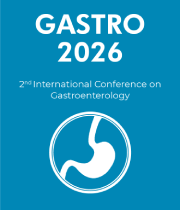Laparoscopic Cholecystectomy
Laparoscopic cholecystectomy is a minimally invasive surgical procedure that involves the removal of the gallbladder. This procedure has revolutionized the treatment of gallbladder diseases by providing a less invasive alternative to traditional open cholecystectomy. During a laparoscopic cholecystectomy, several small incisions are made in the abdomen. Through these incisions, a laparoscope (a thin, lighted tube) is inserted, which allows the surgeon to view the internal anatomy of the abdominal cavity. The surgeon then inserts special instruments through the other incisions, which are used to dissect, divide, and remove the gallbladder. The procedure is typically performed under general anesthesia, though local or regional anesthesia may be used in some cases. The entire procedure can take anywhere from 45 minutes to two hours, depending on the complexity of the procedure. The primary benefit of laparoscopic cholecystectomy is that it is a less invasive procedure than traditional open cholecystectomy. As such, patients who undergo laparoscopic cholecystectomy usually experience a shorter hospital stay, a faster recovery time, and less pain than those who have open cholecystectomy. Additionally, laparoscopic cholecystectomy can be used to diagnose and treat certain gallbladder diseases, such as gallstone disease and chronic cholecystitis. Due to the relative safety and effectiveness of laparoscopic cholecystectomy, it is now the preferred method of gallbladder removal. This procedure is typically performed in an outpatient setting and can be completed in a single visit. Patients should always discuss the risks and benefits of the procedure with their surgeon prior to undergoing the procedure.



